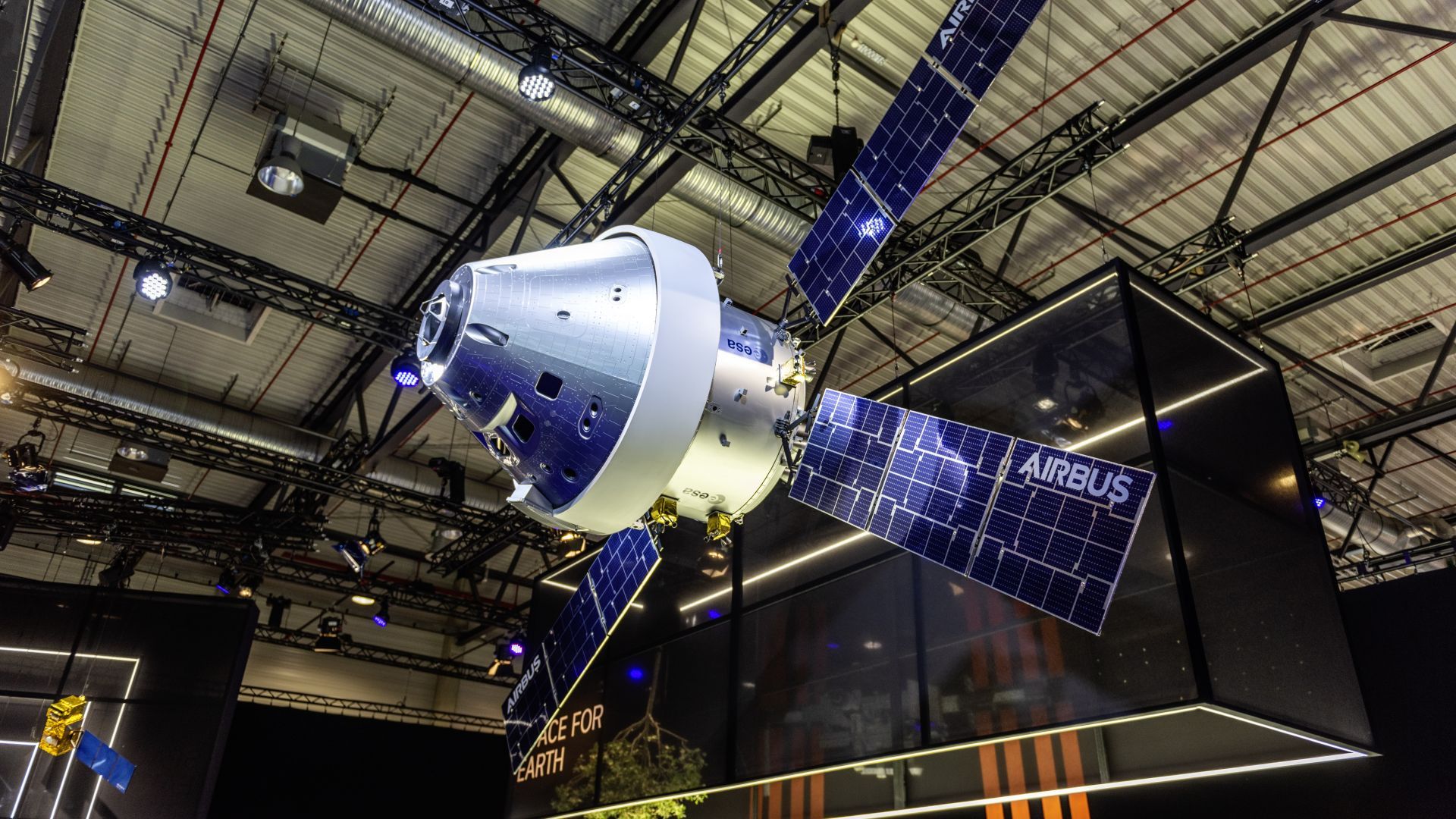World
Airbus, Thales, and Leonardo Unite to Challenge Starlink Dominance

Three leading European aerospace and defense companies, Airbus, Thales, and Leonardo, have formalized a memorandum of understanding (MOU) to merge their space units into a single entity. Announced on October 23, 2025, this agreement represents a significant shift for European firms aiming to strengthen their position in the global space and satellite connectivity market, directly positioning the new entity as a competitor to Elon Musk’s Starlink.
The merger aims to consolidate satellite manufacturing, launch capabilities, ground infrastructure, and service provision under one umbrella. With this strategic alliance, the companies intend to create a vertically integrated competitor that can deliver high-throughput broadband, Internet of Things (IoT) connectivity, and secure government communications on a large scale. As Starlink continues to operate thousands of satellites, the new entity seeks to leverage Europe’s industrial base, regulatory landscape, and institutional demand to capture market share.
Details of the Merger
The merger will combine the space divisions of Airbus, Leonardo’s Defense and Space division, and Thales Alenia Space operations, under the codename “Project Bromo.” Initial discussions began in 2024, culminating in the MOU announcement. This document outlines governance structures, ownership stakes, and pathways toward consolidation over the next 12 to 18 months.
Thales already operates a joint venture with Leonardo called Thales Alenia Space, which is known for its involvement in space-based systems and satellite production. This partnership is the second-largest industrial contributor to the International Space Station and maintains various collaborations with other firms. The merger with Airbus will create a unified entity capable of more effectively combating established players such as SpaceX and Starlink.
One of the primary objectives is to provide high-capacity broadband services to remote areas, maritime zones, and government clients—markets where Starlink and other low-Earth orbit (LEO) constellations are already operational. The new entity aims not only to compete on satellite hardware but also on service pricing, regulatory compliance, and customer trust linked to sovereign supply chains.
Strategic Motivations
The creation of this merged entity is a direct response to the disruptive presence of Starlink, which has revolutionized traditional satellite operations by deploying extensive LEO constellations that offer global internet service and rapid scalability. This MOU indicates growing concerns among legacy players about potentially being sidelined or relegated to niche roles in the industry.
European companies are looking to capitalize on their strengths in aerospace, manufacturing, defense, and regulatory frameworks. Guillaume Faury, CEO of Airbus, emphasized the urgency of this collaboration, stating that the pace of change in the space sector is accelerating. He noted that pooling resources is not only about avoiding losses but also about adapting to future markets with modularity, faster production, and agility.
Moreover, Europe is striving for greater independence in space operations, currently reliant on SpaceX for its competitive pricing and capabilities. Establishing a large European entity would enable more competitive costs through economies of scale, thereby reducing dependence on the United States.
Challenges Ahead
With the MOU now signed, the next hurdle will be obtaining regulatory approval. Past consolidation efforts in the aerospace and defense sectors have faced delays or obstacles due to concerns over market dominance, procurement fairness, and national interests. Faury has acknowledged that convincing regulators of the necessity of this merger to maintain competitiveness will be a sensitive issue.
Additionally, each of the three firms has national commitments and diverse product lines, leading to challenges in determining which segments to merge and how to integrate operations. Balancing research and development priorities, government contracts, and workplace cultures will require careful planning.
Financially, Airbus has already faced substantial charges within its space division. Programs like “OneSat,” aimed at developing reprogrammable geostationary satellites, have encountered significant cost overruns. The hope is that this merger will allow for more cost-effective management of such programs, ultimately enhancing competitiveness against American firms.
As this ambitious merger progresses, the three partners will need to navigate complex regulatory landscapes and operational integration to realize their vision of becoming a formidable competitor in the rapidly evolving space industry.
-

 World3 days ago
World3 days agoCoronation Street’s Shocking Murder Twist Reveals Family Secrets
-

 Entertainment4 months ago
Entertainment4 months agoKate Garraway Sells £2 Million Home Amid Financial Struggles
-

 Entertainment3 months ago
Entertainment3 months agoAnn Ming Reflects on ITV’s ‘I Fought the Law’ Drama
-

 Health3 months ago
Health3 months agoKatie Price Faces New Health Concerns After Cancer Symptoms Resurface
-

 Entertainment3 weeks ago
Entertainment3 weeks agoCoronation Street Fans React as Todd Faces Heartbreaking Choice
-

 World4 weeks ago
World4 weeks agoBailey Announces Heartbreaking Split from Rebecca After Reunion
-

 Entertainment6 days ago
Entertainment6 days agoTwo Stars Evicted from I’m A Celebrity Just Days Before Finale
-

 World6 days ago
World6 days agoKevin Sinfield Exceeds Fundraising Goal Ahead of Final Marathons
-

 Entertainment3 months ago
Entertainment3 months agoCoronation Street’s Carl Webster Faces Trouble with New Affairs
-

 Entertainment3 months ago
Entertainment3 months agoWhere is Tinder Swindler Simon Leviev? Latest Updates Revealed
-

 Entertainment4 months ago
Entertainment4 months agoMarkiplier Addresses AI Controversy During Livestream Response
-

 Science2 months ago
Science2 months agoBrian Cox Addresses Claims of Alien Probe in 3I/ATLAS Discovery





















